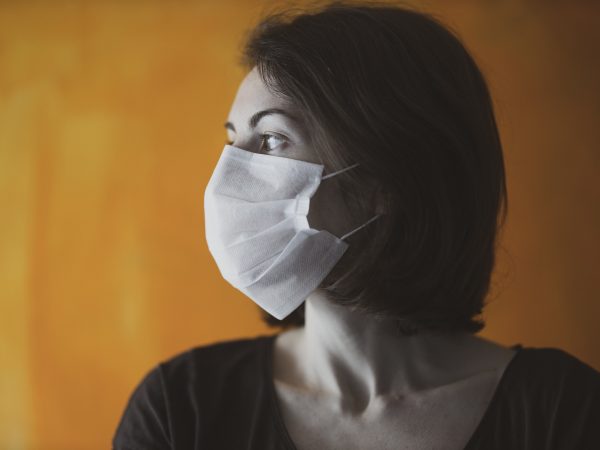
One visible result of the COVID-19 pandemic is that once-bustling food establishments sit empty while staff and management adjust to the new realities of the business.
As we stay at home to blunt the impact of the virus for our first responders and essential workers, many of us – perhaps for the first time – have turned to delivery services for meals and groceries. The hospitality industry has adjusted to make it easier for everyone to support a favorite local restaurant, avoid going out and simply get a comforting respite in these stressful times.
Understandably, many of us have questions about the safety of our food. Here are some safety tips to keep in mind when ordering food delivery or take out. These also are applicable to grocery and meal kit delivery, which some restaurants are now offering.
No Food Transmission
According to the FDA, “There is no evidence of food or food packaging being associated with transmission of COVID-19.” The best advice is to follow standard food handling procedure, including washing your hands regularly, something all of us should be used to by now. When dealing with groceries or meal kits, clean all the food, separating meats, eggs and dairy from other foods; cook the food to the proper temperature (including reheating leftovers to 165 degrees F); and properly chill and store your food.
It is unlikely for food to be contaminated at the food service operation or processing facility during preparation or packing. Professor Patrick Beach, who heads the Hospitality and Foodservice Management department at William Rainey Harper College in suburban Chicago, noted, “Because they are closely working with state and local health officials during the pandemic, most operations, especially larger chains, are very vigilant about the safety and health of their employees and customers.”
As an example, gloves were previously required when handling food that was ready to eat, but now most operations are using them throughout the entire process, from preparation to packaging to delivery.
Pickup and Delivery Etiquette
Due to the nature of how COVID-19 is spread, the biggest risk of infection could come from interacting closely with others. Many foodservice operations now allow customers to pay ahead, either by phone or online, eliminating the physical transfer of cash or handling of credit cards, both of which can potentially harbor the virus.
When picking up food, opt for contactless curbside pickup over the drive-through window. Many establishments are now offering this service as a way to protect their employees and customers. If using the drive-through window, follow the basic precautions recommended in a public space: Cover you face and wear gloves if possible, and keep the interaction brief. Wash or sanitize your hands as soon as possible.
When ordering for delivery, remember that the front porch or doorway is now the delivery person’s workspace. If possible, use the contactless delivery option so food can be left at your door, a safer option for both of you. If the situation does not allow for contactless delivery and an order needs to be accepted directly, follow the same precautions as with the drive-through window.
Once the Food is in Your Home
COVID-19 is particularly troubling because it can live on surfaces for extended periods of time, including the two most common used in food delivery: paper bags and cardboard boxes. This chart shows how long the virus can live on a variety of surfaces.
Experts at Harvard’s T.H. Chan School of Public Health and North Carolina State University say the risk of transmission from food packaging, as well as other packages and mail, is extremely low. That extends to condiment packages, like ketchup and dipping sauce. According to Beach, “They are generally regarded as safe. Commercial manufacturing of condiment packages and things like single use utensils in a sealed bag is very sophisticated and safe, likely never touching human hands until they reach the end delivery point at the operation. And then it’s gloved hands placing them in the bag.”
Although the FDA states there is no evidence that food packaging is a transmission point, best practice is to transfer the food out of the packaging, dispose of packaging, and thoroughly wash hands. Finally, clean the area where the bag or packaging was resting.
Beach cautions consumers to be aware of the chemicals they’re using, to use them properly and not overuse them.
“In the hospitality industry, with bleach for example, we talk about a concentration of parts per million – 50-200 ppm for sanitation. That’s maybe a couple of teaspoons per gallon of water. Overuse or mixing chemicals, particularly around food, can be dangerous. Read the label on any cleaners or chemicals before using them.”
Simple pleasure like enjoying takeout from a favorite restaurant can soothe more than just your hunger and, on the whole, can be perfectly safe with a few basic procedures in mind.


